Edimental plants – plants that are both edible and ornamental – are a beautiful and low maintenance way of growing your own food in your garden, whatever its size.
‘Edimental’ plants – plants that are both edible and ornamental. At Chelsea 2023, eighty per cent of the plants in Harry Holding's School Food Matters garden, for example, were edible, while the Savills Garden designed by Mark Gregory took its inspiration from a potager and features beautiful and edible plants that are planted in a more naturalistic style.
What are edimentals?
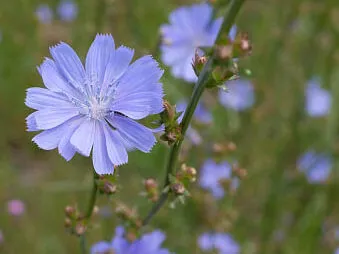
Edimentals are plants that are both ornamental and edible. They can be annuals, perennials, shrubs or trees. Edimentals are not only beautiful additions to your garden but also offer tasty and often highly nutritious fruits, leaves, roots or flowers for you to eat.
Growing edimentals is a more informal approach to growing edible plants – you're more likely to 'forage' for leaves, berries or edible flowers around your garden than harvest an entire crop in one go. They don't need an entire patch dedicated to them but can be dotted around the garden.
Edimentals feature in beautiful French-style potagers and are also a key feature within forest gardens and permaculture.
Edimental plants are low maintenance
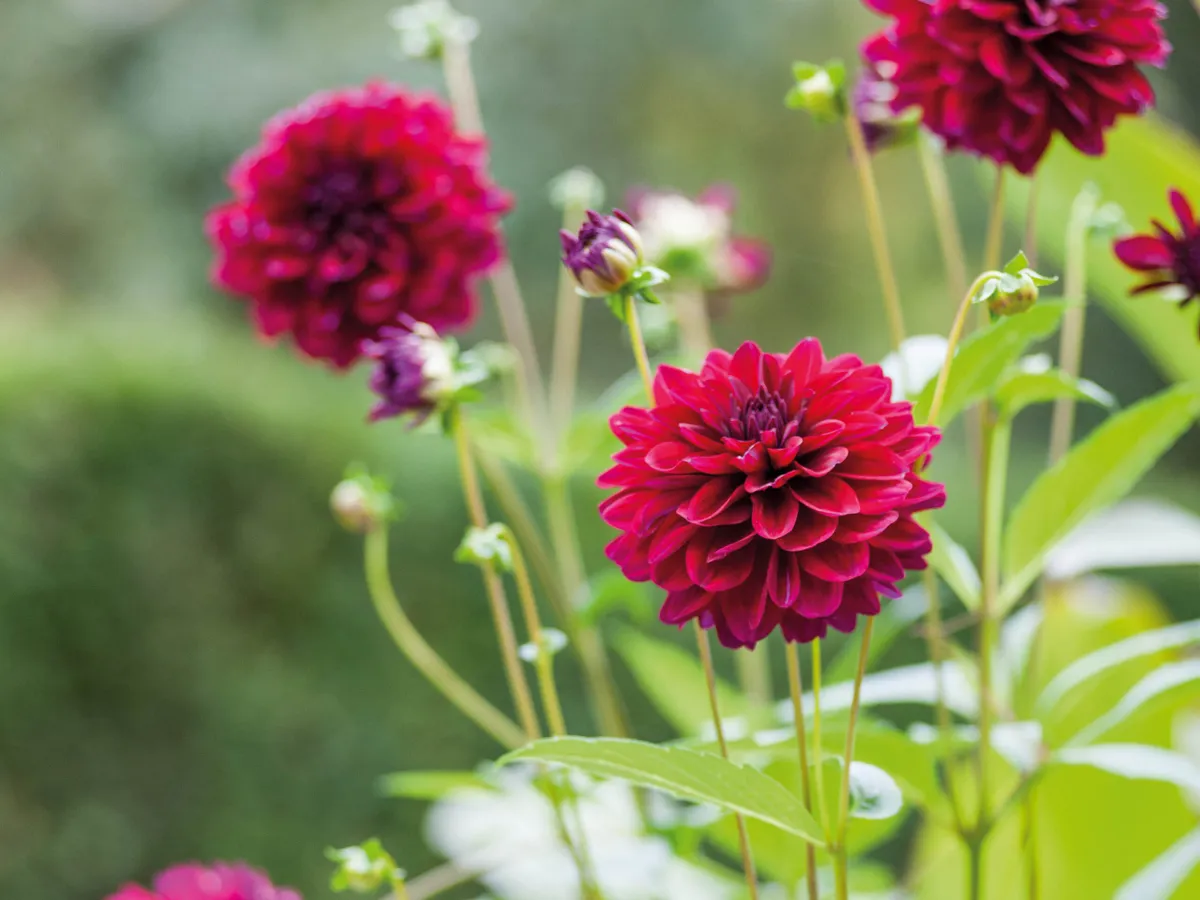
Edimentals are more low maintenance than traditional veg crops, as you don't need to sow and tend to annuals every year, or devote a large growing area to one crop that may fail due to pests, drought, or poor maintenance. Thanks to their deeper root systems, perennial crops are more likely to be drought tolerant. Many edimentals are excellent for attracting pollinators and other wildlife.
There are thousands of edible plants to choose from. You probably already have some edimental plants in your garden, and you may be surprised to discover that ornamental plants you're already growing in your garden are edible.
We asked three expert growers - Sid Hill, ecological garden designer, Alison Jenkins, an edible garden specialist who runs a regenerative smallholding near Bath and garden designer Libby Russell for their recommendations.
22 edimental plants to grow
Society garlic (Tulbaghia violacea)
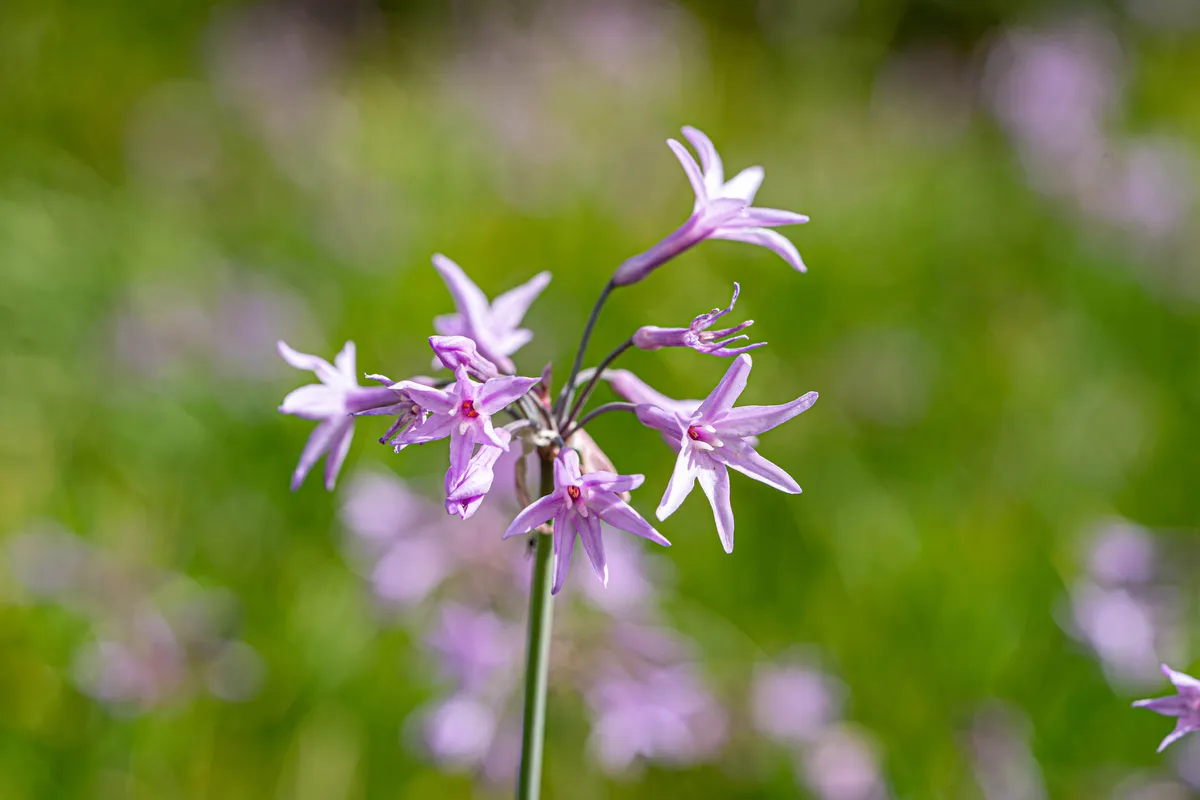
A South African native, with dainty, pink, agapanthus like flowers. The flowers and leaves are edible, with a delicate garlic taste. It is known as society garlic as the scent doesn’t linger in the mouth. It works well in containers as it flowers all summer into autumn. May need some winter mulch protection. Recommended by Alison Jenkins
Daylily (Hemerocallis)
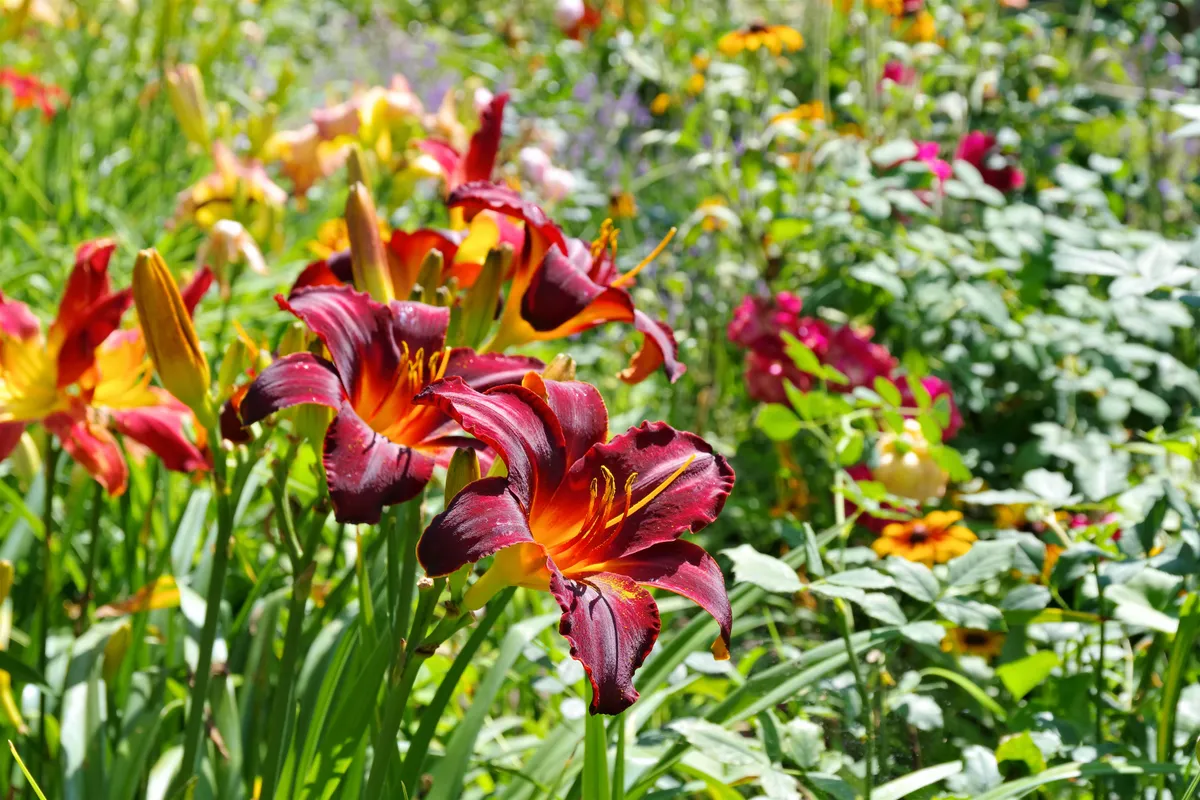
The petals of Hemerocallis have a fleshy crunch, which adds a great dimension to a salad. As a perennial it is very low maintenance and I use it to edge some of the beds in the edible garden. I grow Hemerocallis citrina, which has a fresh, lemony scent. Recommended by Alison Jenkins
Dahlia

Although the tubers of dahlias are edible I can never bring myself to dig them up, so I have only eaten the petals. They make a really colourful addition to salads and the texture has a bit of bite to it too. I prefer to use the rounded petals of the ball or pompon types. Recommended by Alison Jenkins
Salvia microphylla 'Cerro Potosi'

This shrubby salvia is drought tolerant so a good one for containers and combines well with purple basil. The lipstick pink flowers look great in a salad with orange marigold petals. Although small, they come with a sweet kick of nectar. A really tough salvia that flowers for six months and is easily propagated. Recommended by Alison Jenkins
Japanese wineberry

The sweet red berries have a shiny, sticky surface which make them seems as if they have been dipped in honey. I like to train it against a wall in swirls to make a feature of the bare stems in winter, which are bright red. Vigorous and easy. Recommended by Alison Jenkins
Dazzling blue kale

A really attractive kale with startling pink mid ribs to the blue green leaves. It is more cold hardy than other cavolo nero types and seems less palatable to slugs too. As well as steaming or roasting you can eat it raw as baby salad leaves for extra nutrition. Recommended by Alison Jenkins
Common bistort (Persicaria bistorta)

Common bistort or persicaria has a long history of use as a green vegetable here in the UK and common as an ornamental plant in our gardens. A tough and adaptable plant that multiples rapidly and offers a harvest in the hungry gap of spring. The leaves can be cooked or eaten in salads. Recommended by Sid Hill
Italian bugloss (Anchusa azurea)

Italian bugloss is a perennial wildflower from Italy in the borage family. It may not be an obvious choice for the kitchen, but its leaves are a great vegetable when sautéed and the flowers are a beautiful garnish. With its characteristic blue flowers and spiny leaves, this plant is an excellent choice for a dry edimental garden. Recommended by Sid Hill
Chicory (Cichorium intybus)

Chicory is a really beautiful edimental with its blue flowers on tall rising stalks. The leaves can be cooked as a green vegetable or young leaves used in salads. It does have a slight bitter taste but this is because it is packed with healthy nutrients. Recommended by Sid Hill
Bladder campion (Silene vulgaris)

Bladder campion has a helpful habit of growing between the gaps of other plants. Helping knit plantings together while offering delicate white/pink bell-shaped flowers and an edible leaf that tastes much like pea shoots. The leaf is best added to salads. Recommended by Sid Hill
Dwarf Jerusalem artichoke (Helianthus tuberosus)

Dwarf Jerusalem Artichoke this is a real gem for the edimental border. It only grows to around 100cm which means it can be planted in a wide range of situations. This is a perennial harvest that you can plant, forget about and then harvest the nutritious tubers. Do remember to leave some in the ground or replant some tubers for harvests in years to come. Recommended by Sid Hill
Sweet violet (Viola odorata)

Sweet violet is a great ground cover for the edimental garden, hugging the ground with its small leaves and purple flowers. It can cope well with shade and is one of the first flowers of the season. The leaves are a great addition to salads. Recommended by Sid Hill
Apples, crab apples and pears

Espalier and pleached apples and crab apples and goblet pears provide both improved yields and huge interest throughout the year. Even now when the soil is bare, they give structure and interest to the garden whilst their blossom heralds the first sign of spring and then one gets all the fruits. Find out how to train fruit trees. Recommended by Libby Russell
Currants and gooseberries

Currants such as Ribes 'Jonkheer van Tets' and gooseberries can be trained into cordons and fans on shady walls to produce both really attractive rhythmic shapes all year and provide high yields in areas where not many fruit or veg will grow. We grow currants as three red then three black varieties, with fan-trained red and white gooseberries in between. Recommended by Libby Russell
Chives (Allium schoenoprasum)

I often use chives to line a garden path. Chives are alliums, relations of their grander garden cousins and are just as pretty with small pink flower heads that least at least a month, with elegant linear leaves that are attractive even wafter flowering. Delicious in salads, soups and as decoration too. Recommended by Libby Russell
Sage (Salvia officinalis)
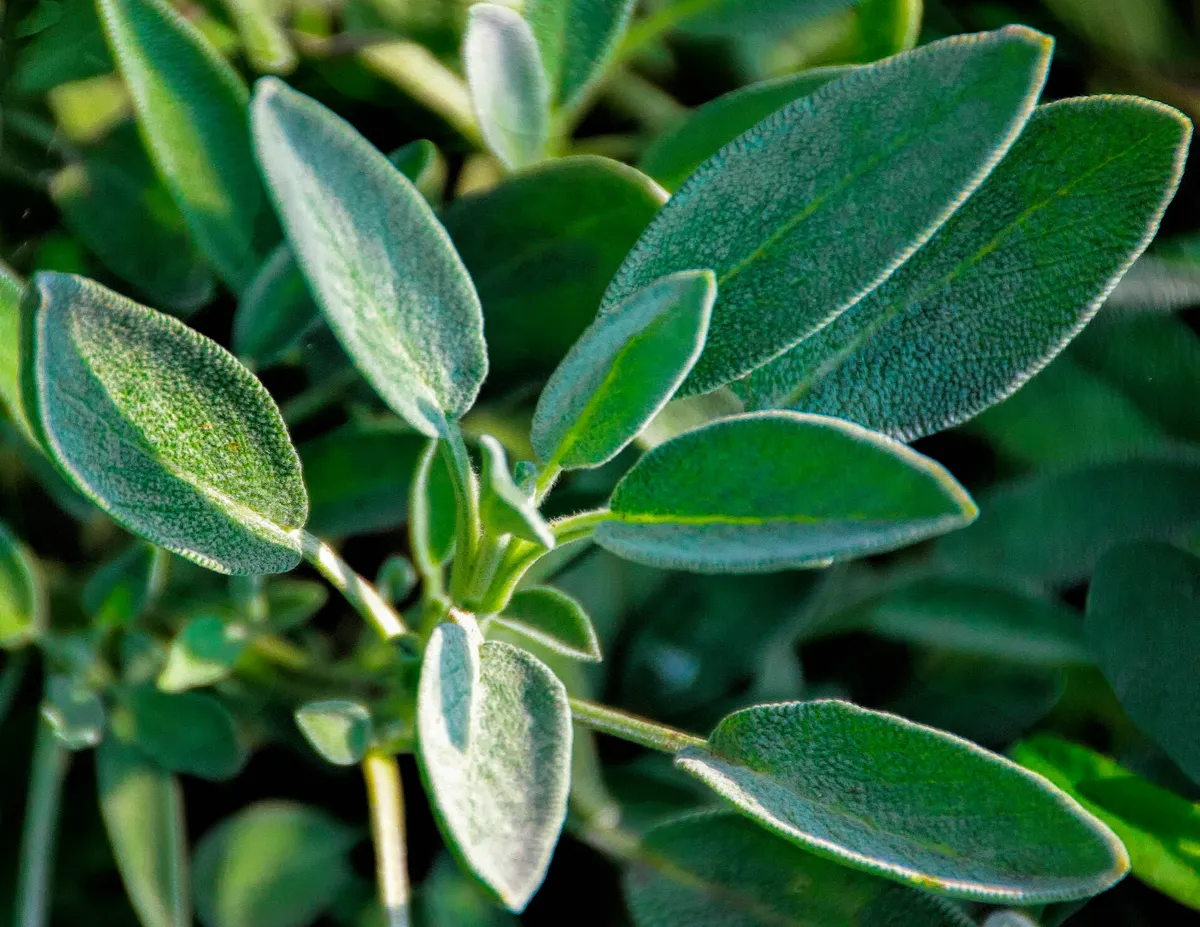
Used for herbal remedies and cooking for millennia, this salvia is so pretty with its soft grey leaves and attractive large blue flowers. I use it as a grey evergreen structural element at corners of border and although it has been hard hit this winter, it is usually the hardiest of the salvias and easy from cuttings. Use it in teas and cooking. Recommended by Libby Russell
Ruby chard

My kitchen garden is designed in linear patterns and we grow ruby chard not only to eat but to create a strong linear element within the design. It’s delicious picked young as a salad or later stir fried with garlic buts its also stunningly beautiful with ruby red stalks holding up well into winter. Recommended by Libby Russell
Chicory 'Variegata di Castelfranco'
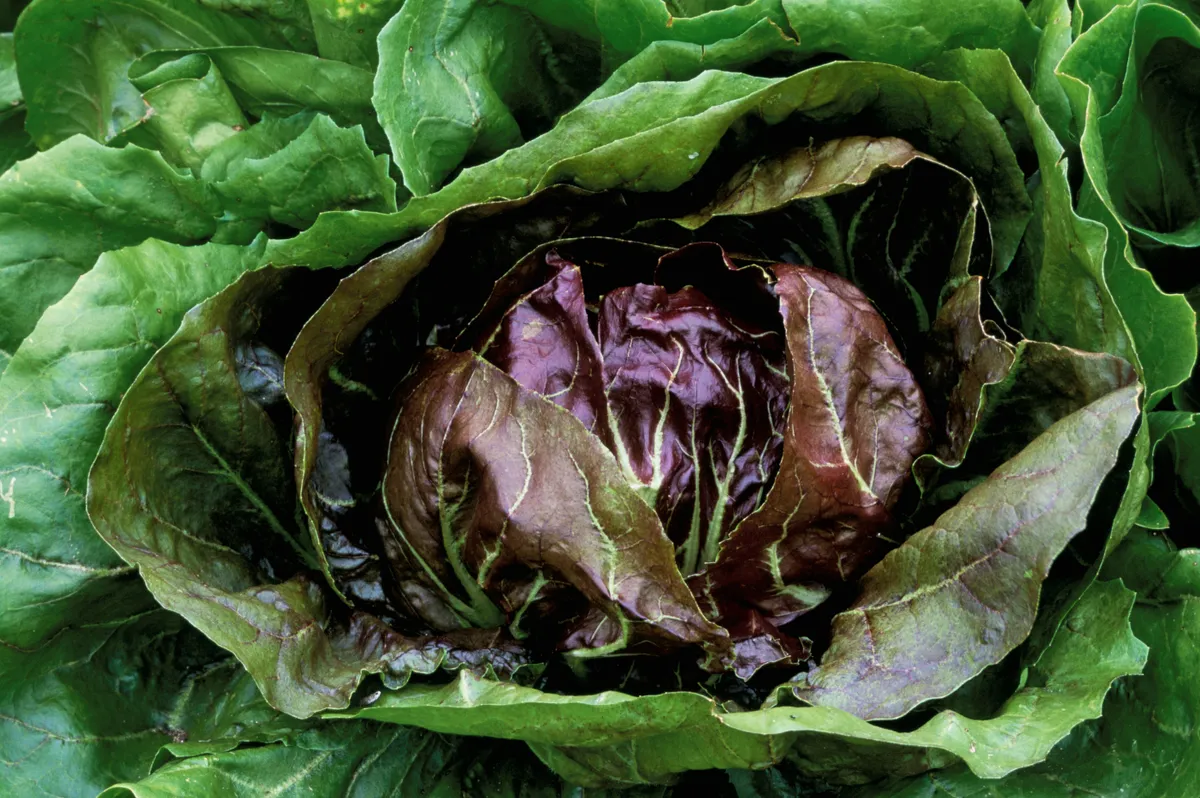
Here is another winter vegetable that we grow again for its sheer beauty as much as the taste. Patterns of veg keep our kitchen garden looking wonderful well into winter and this chicory just gets better and better with cold. Its mottled green and red leaves make wonderfully decorative salads or decorations on the plate as well as providing a tart delicious late home grown salad. Recommended by Libby Russell
White borage (Borago officinalis ‘Alba’)

Borage is very easy to grow from seed and it’s a very pretty filler in spaces within the patterns of our kitchen garden . I prefer the delicacy of the white form which associates well with many annuals and flowers early which is also useful for pollinators - bees love it and it does self-seed. I use its flowers to decorate all sorts of desserts and of course to add to summer Pimms. Recommended by Libby Russell
Tropaeolum majus 'Black Velvet'

We use this black nasturtium to trail through other things adding colour and drama to the kitchen garden. Its grey green leaves and contrasting black flowers looks wonderful tumbling through courgette foliage or over a wall. You can add the leaves for a bitter taste to salads or use the flowers to decorate anything from a pudding to a cold soup. Recommended by Libby Russell
Salsify

Salsify is one of the most delicious vegetables I know, tasting of a cross between an artichoke heart and a parsnip. Depending on sowing time, harvest in winter but if you can bear to leave it, it will produce the most beautiful airy stems holding long lasting mauve flowers and often self-seeds to provide a random element in the garden. Recommended by Libby Russell